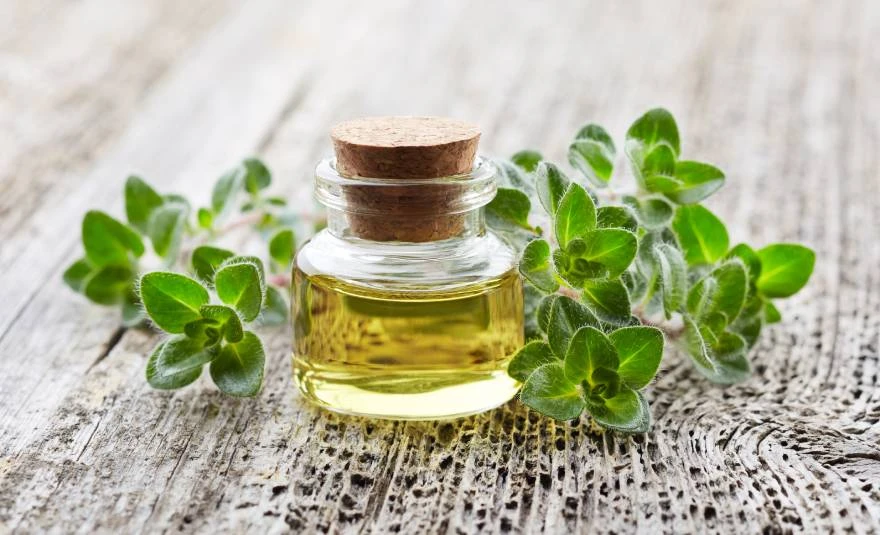How to Recognize Real Honey
- Jovana Cosic
- Aug 11
- 3 min read
Honey proudly holds the title of being one of nature’s most treasured and healthful foods.

Why It’s So Cherished
Honey is celebrated for its soothing qualities, nutritional depth, and myriad health benefits. Yet, fake honey—often of much poorer quality—frequently finds its way onto the market. Let’s explore how to spot the real stuff, understand different honey varieties, and why crystallization is a natural, positive process.
From Blossom to Jar: How Bees Make Honey
Little winged alchemists, honeybees collect nectar from flowers or honeydew, then store it in comb cells. With rhythmic wingbeats, they evaporate much of the water. Enzymes in their saliva break down complex sugars, and with the reduced moisture, authentic honey becomes naturally stable and resistant to spoilage.
The Health Perks of Pure Honey
Real honey is a complex gift—packed with vitamins (A, B, C, D, E, K), minerals like calcium, iron, iodine, zinc, and sodium, along with essential enzymes and amino acids. When enjoyed regularly and in moderation, it can:
Strengthen your immune system with natural antibacterial and antiviral properties.
Soothe coughs and respiratory woes, especially with forest or pine honey.
Aid digestion and support a healthy gut.
Provide natural energy, thanks to quickly absorbed sugars.
Boost heart health through circulation-enhancing antioxidants.
Nourish your skin—great for wound healing, reducing inflammation, and hydrating.
Just a gentle note: if you're managing insulin resistance or diabetes, enjoy honey thoughtfully and in moderation.
A Taste Tour: Types of Honey and Their Highlights
Acacia (Robinia) Honey – Pale and delicately sweet, it stays liquid longer and offers soothing respiratory support and gentle stress relief. Reddit+15Healthline+15Wikipedia+15Mellifera+2Web dućan OPG-a Pčelarstvo Veber+2
Meadow or Flower Honey – A vibrant blend from field blooms, rich in antioxidants, and immune-boosting. Web dućan OPG-a Pčelarstvo Veber
Forest (Honeydew) Honey – Darker and more robust, packed with minerals, ideal for digestion and fortifying the body. Buram Honig+4Web dućan OPG-a Pčelarstvo Veber+4Mellifera+4
Eucalyptus/Pine Honey – Rich in antioxidants and antimicrobial compounds; especially helpful for respiratory comfort. Wikipedia+2Wikipedia+2
Linden (Tilia) Honey – Subtle and aromatic, often called “snow honey” in some regions due to its delicate color and is highly prized. Buram Honig+9Wikipedia+9Mellifera+9
About Crystallization—Totally Natural!
If your honey starts to crystalize, don’t fret—it’s not spoiled. Crystallization is simply nature’s way of the supersaturated sugar solution balancing out. Some honeys crystallize faster than others, depending on their glucose content. Real Simple+1Fun fact: You can gently revive crystallized honey by placing the jar in warm (not boiling) water—it’ll return to its smooth, silky goodness without losing nutrient value. Real Simple
Quick Home Tests for Purity
Here are some sweet and simple ways to check if your honey’s the real deal:
Water Test: Drop honey into a glass of water. Pure honey will sink and dissolve slowly; fake honey often dissolves quickly. pureandnaturalhoneyco.com
Thumb Test: Place a drop of honey on your thumb. Pure honey stays in place, while adulterated ones may spread. Real Simple+6pureandnaturalhoneyco.com+6newzealandhoneyco.com+6
Vinegar Test: Mix a bit of honey with water and add vinegar. If it foams, that’s a red flag for additives. newzealandhoneyco.com+1
These aren’t foolproof, but they’re cozy little at-home checks. For absolute certainty, look for trusted local beekeepers or certified labels.
Olivia’s Friendly Closing Note
Sweet friend, whether you're drizzling it over your morning toast or stirring it into tea, choosing real honey is akin to choosing a natural hug for your body. Go local, trust your senses, and let the rich symphony of flavors guide you. Your favorite kind of honey is waiting—just listen to your tastebuds and choose with joy.




Comments